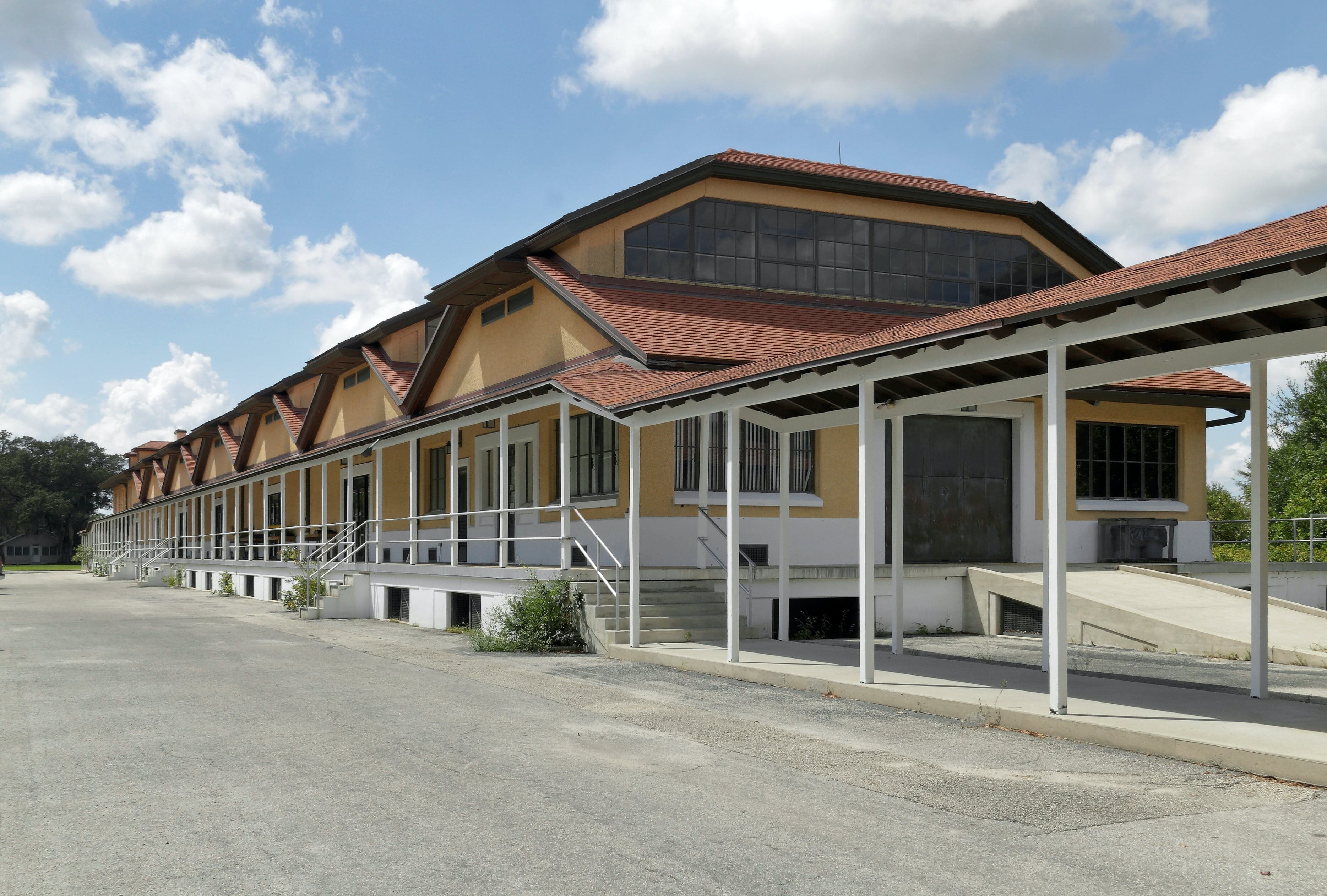 Photo credit: Archbold Biological Station
Photo credit: Archbold Biological StationOUR HISTORY
The story of Archbold Biological Station began in 1929 when John A. Roebling II (grandson of the designer and son of the builder of the Brooklyn Bridge) and Margaret Shippen Roebling purchased 1,058 acres of scrub land eight miles south of Lake Placid, Florida and named it 'Red Hill'.
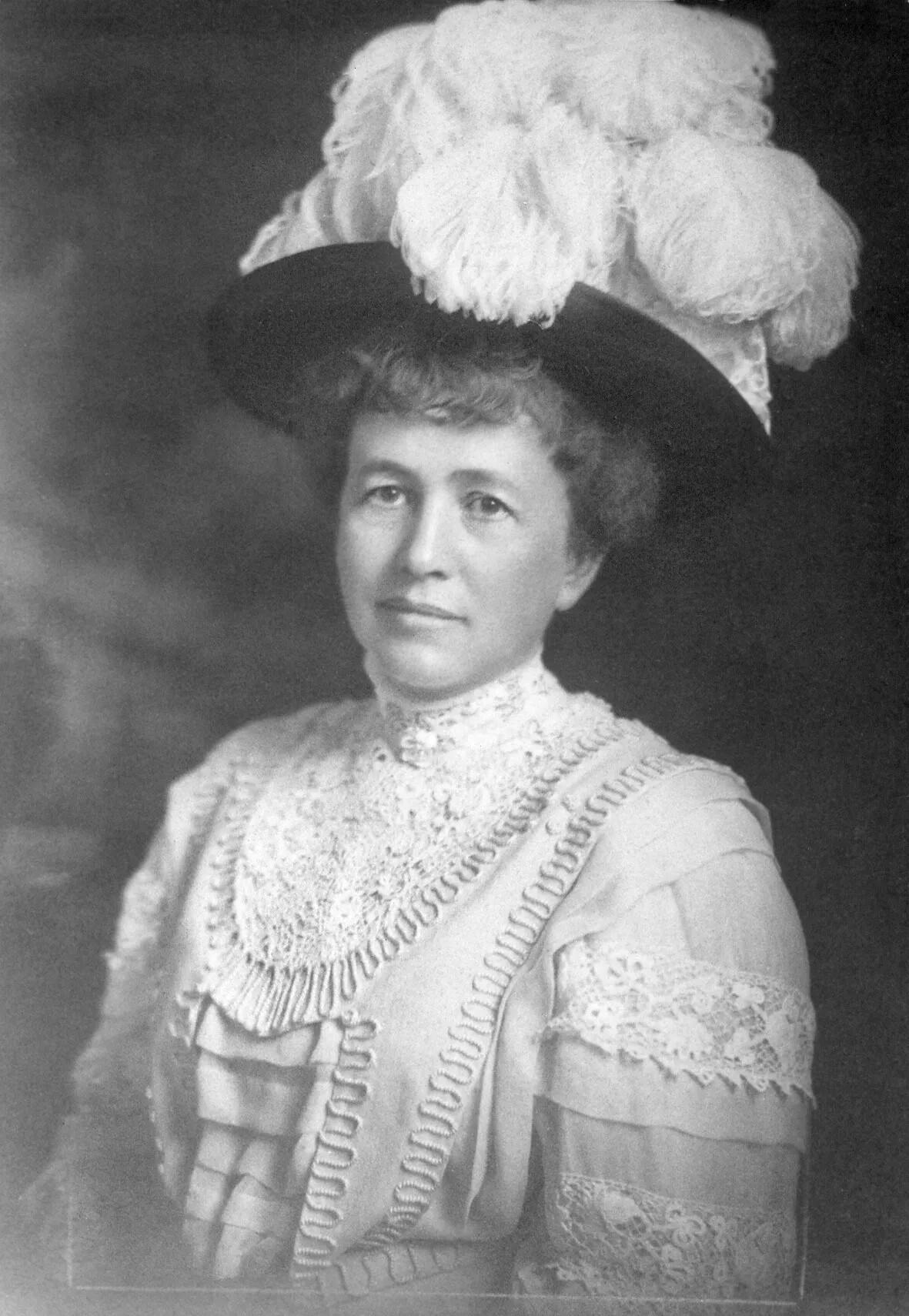
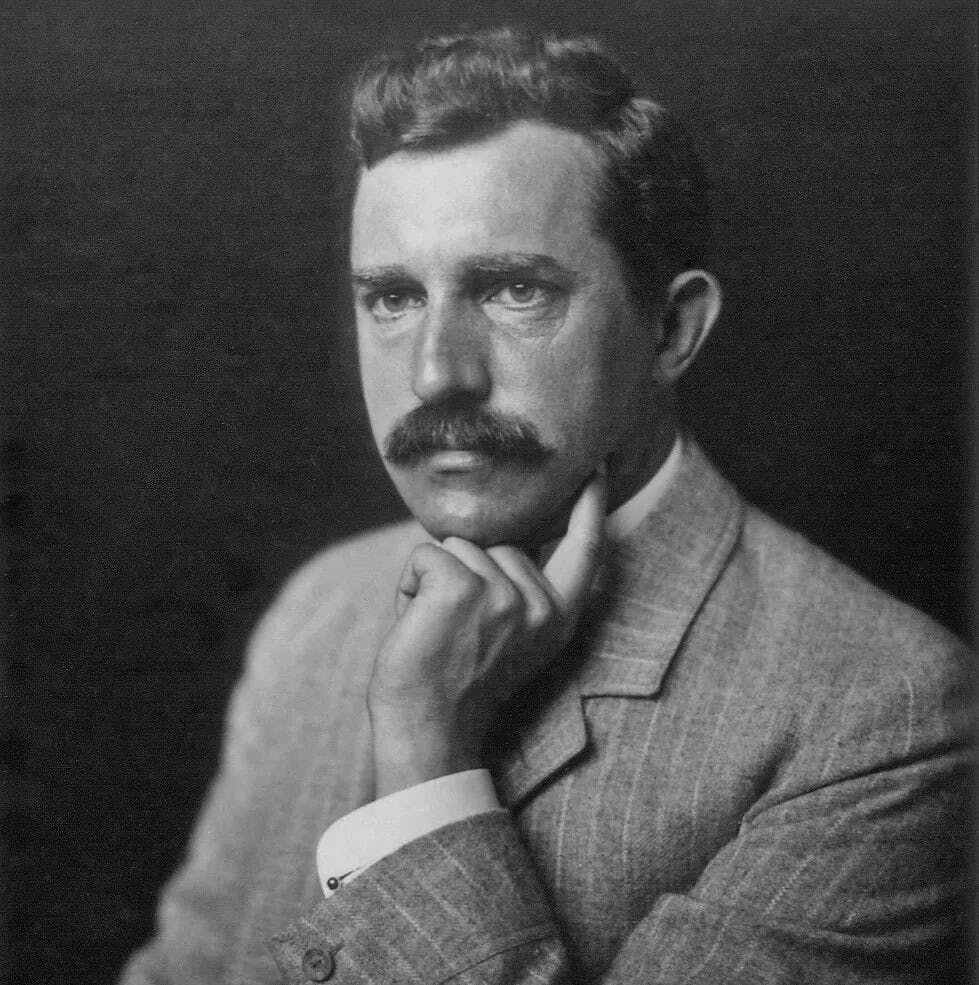
Engineer Alexander Blair built the main station buildings with poured concrete, steel girdles, and tile roofs in the Industrial Vernacular style. These buildings were the main storehouses for material to build the Roebling's Red Hill Estate. However, Margaret died in 1930 before the construction of the estate and, in 1935, John decided to sell the land and buildings. Ultimately, John was unable to find a buyer and in 1941, John's son Donald Roebling facilitated the donation of the Red Hill Estate to his childhood friend, Richard Archbold.

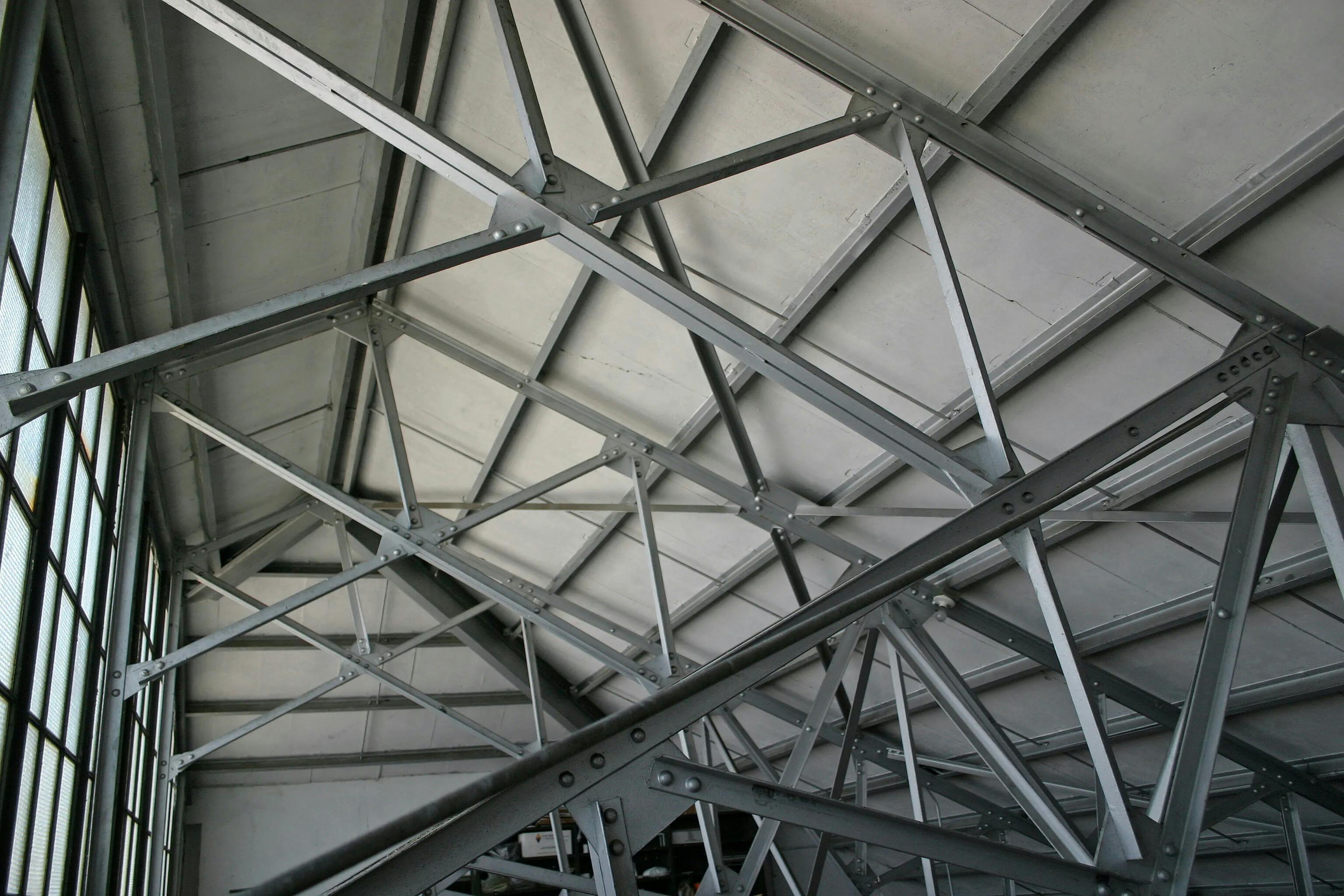
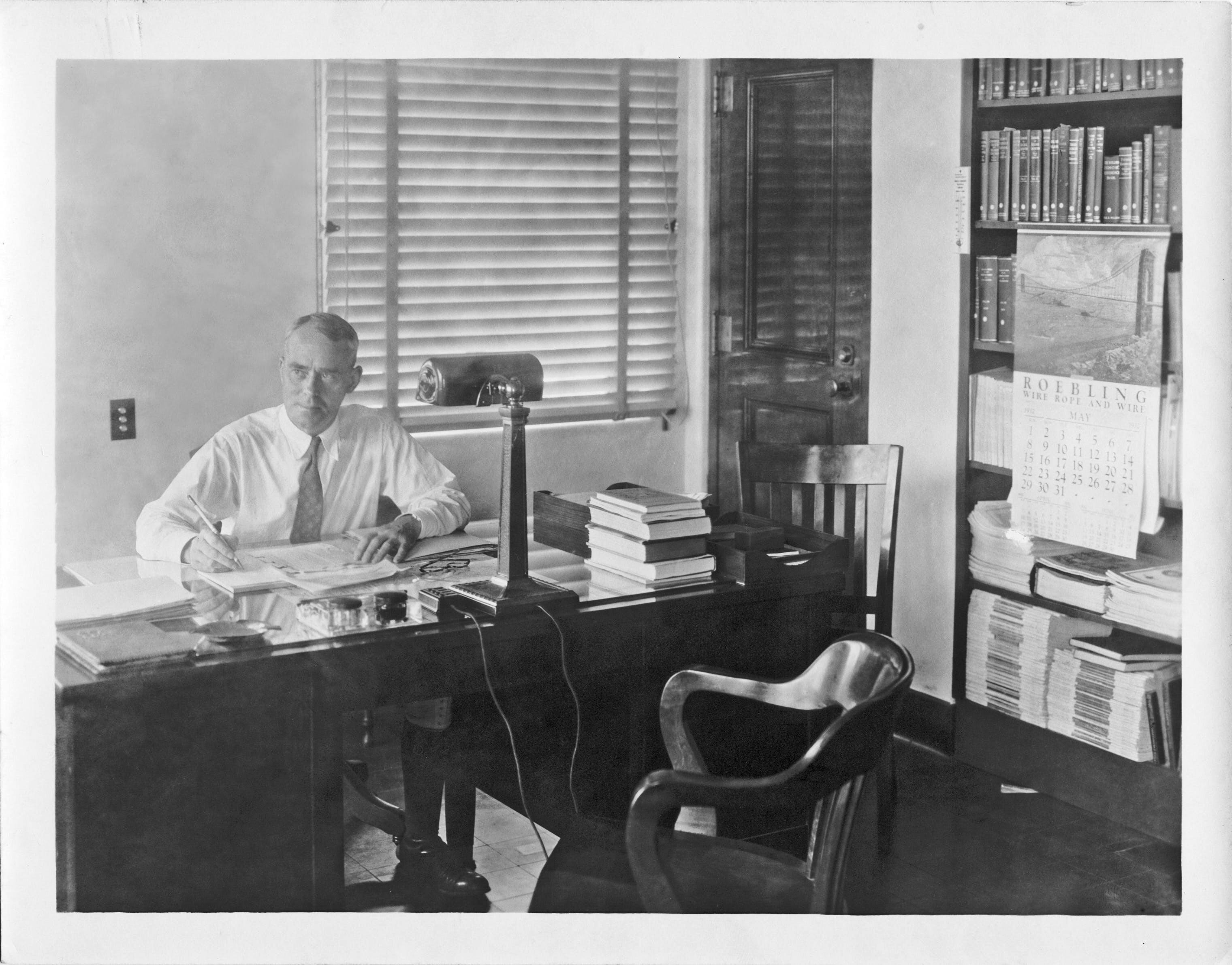
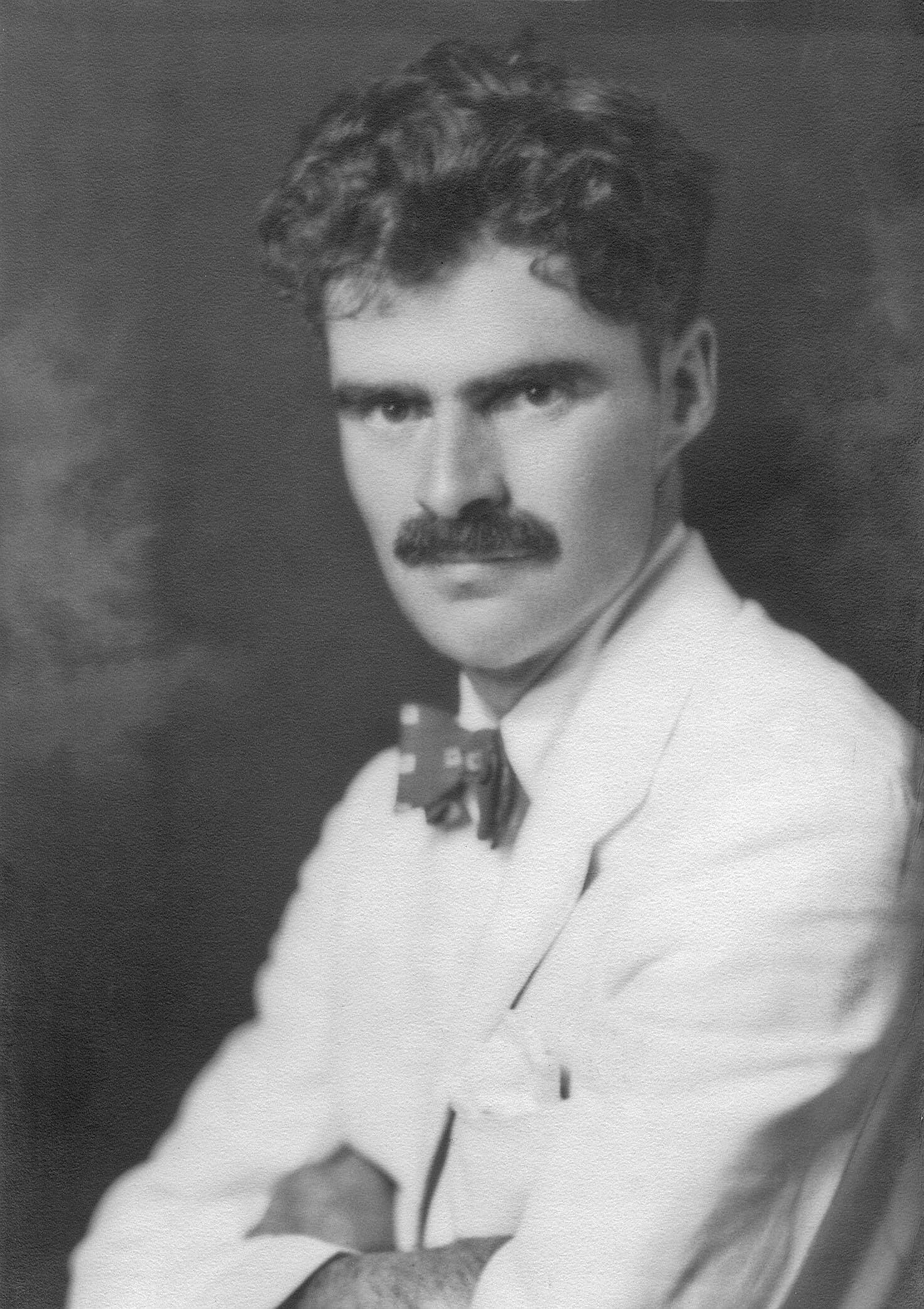
Richard Archbold, and Archbold Expeditions
As a young man, Richard Archbold organized and funded Archbold Expeditions, a not-for-profit organization affiliated with the American Museum of Natural History. During 1933–1939, he led three biological expeditions to the interior of New Guinea. With the transfer of the Red Hill Estate, Richard founded Archbold Biological Station on July 21, 1941. In 1973 Richard Archbold purchased 2,823 acres of undeveloped land on the western boundary of the Station, where reptile, mammal, and scrub-jay studies began. The Station was Richard Archbold's home for 35 years, until his death on August 1, 1976.
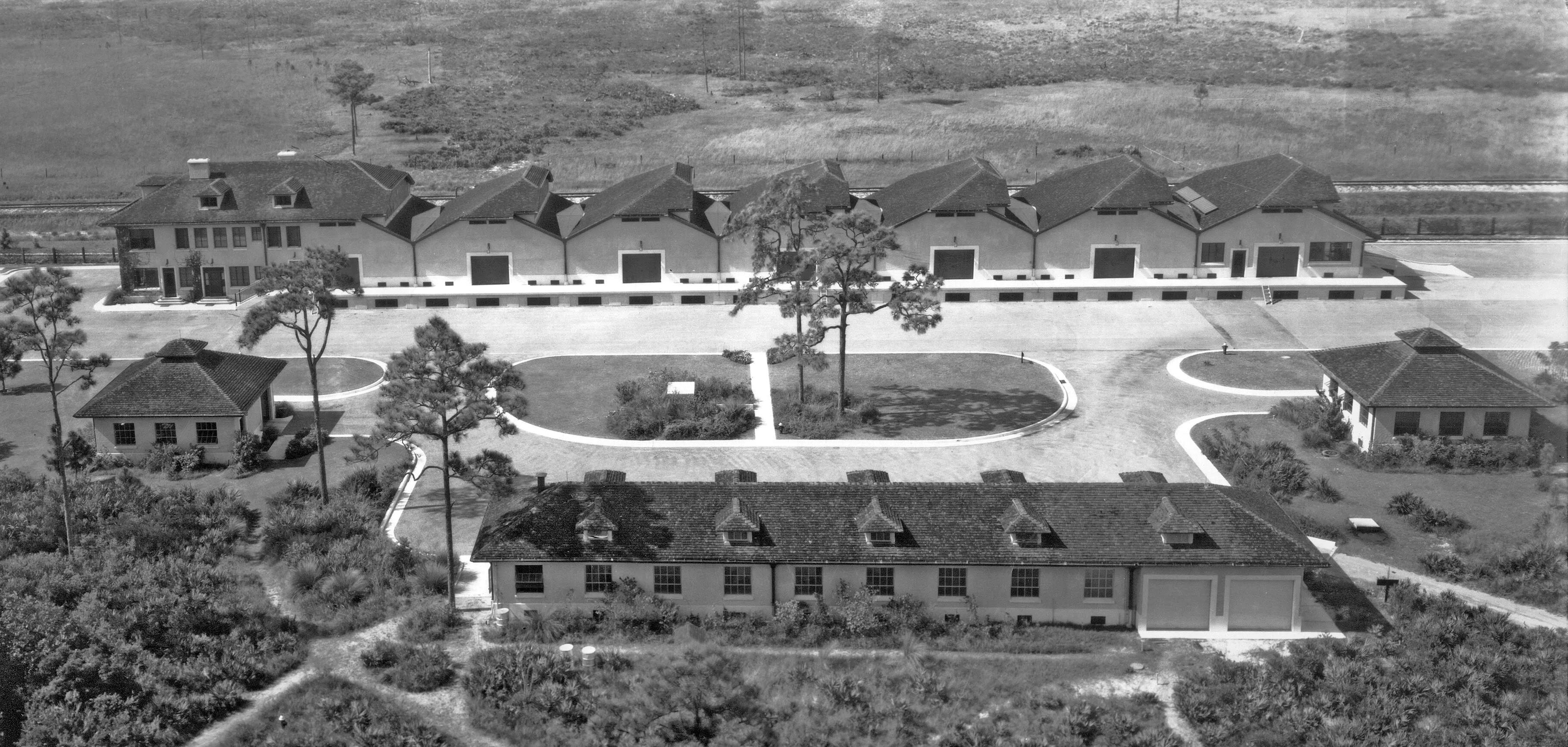
Archbold Biological Station
For 35 years after Richard's death, his sister, Frances Archbold Hufty (1912-2010) served as the Chairman of the Board of Archbold Expeditions. She guided Archbold during a long period of expansion, including the addition of Buck Island Ranch, and the purchase of the 3,648-acre Archbold Reserve, which Frances generously funded. She is succeeded by several members of her family, who serve on the Board of Directors of Archbold Expeditions Inc. and continue the family leadership tradition.
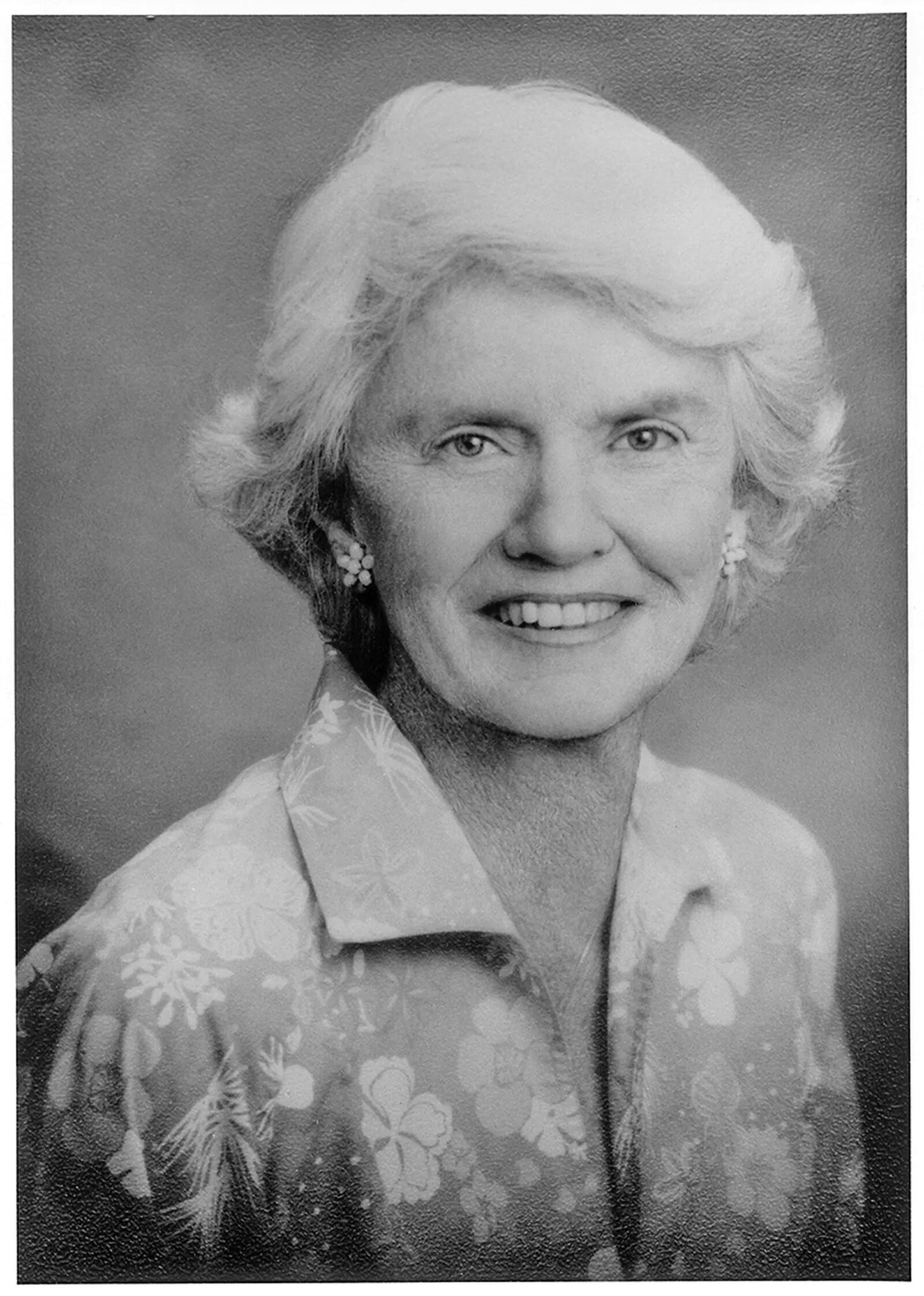
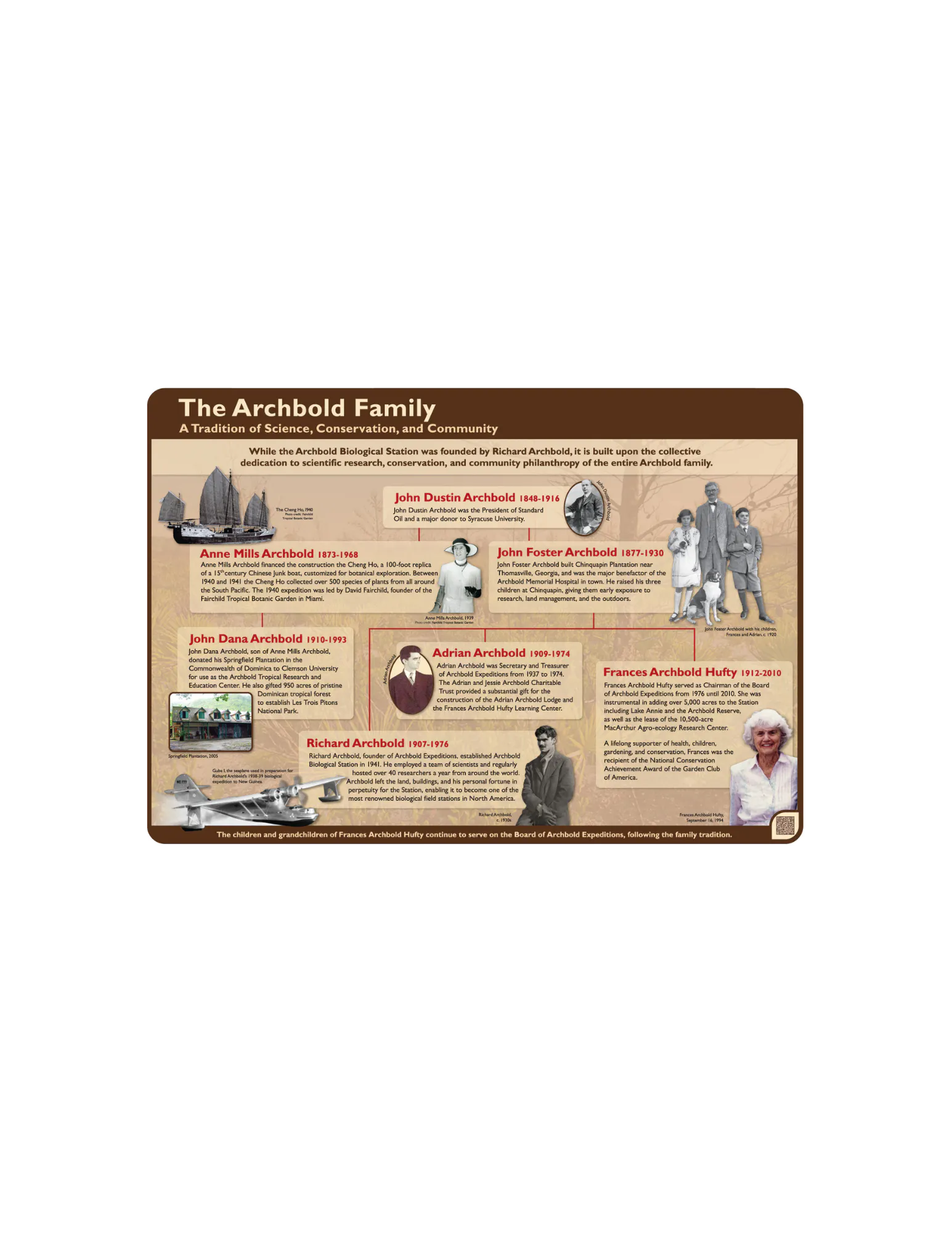
Since its founding, Archbold has grown from 1,058 acres to more than 20,000 acres. The most recent land acquisition occurred in 2018, when Archbold purchased Buck Island Ranch, a 10,500-acre working cattle ranch, from the MacArthur Foundation.
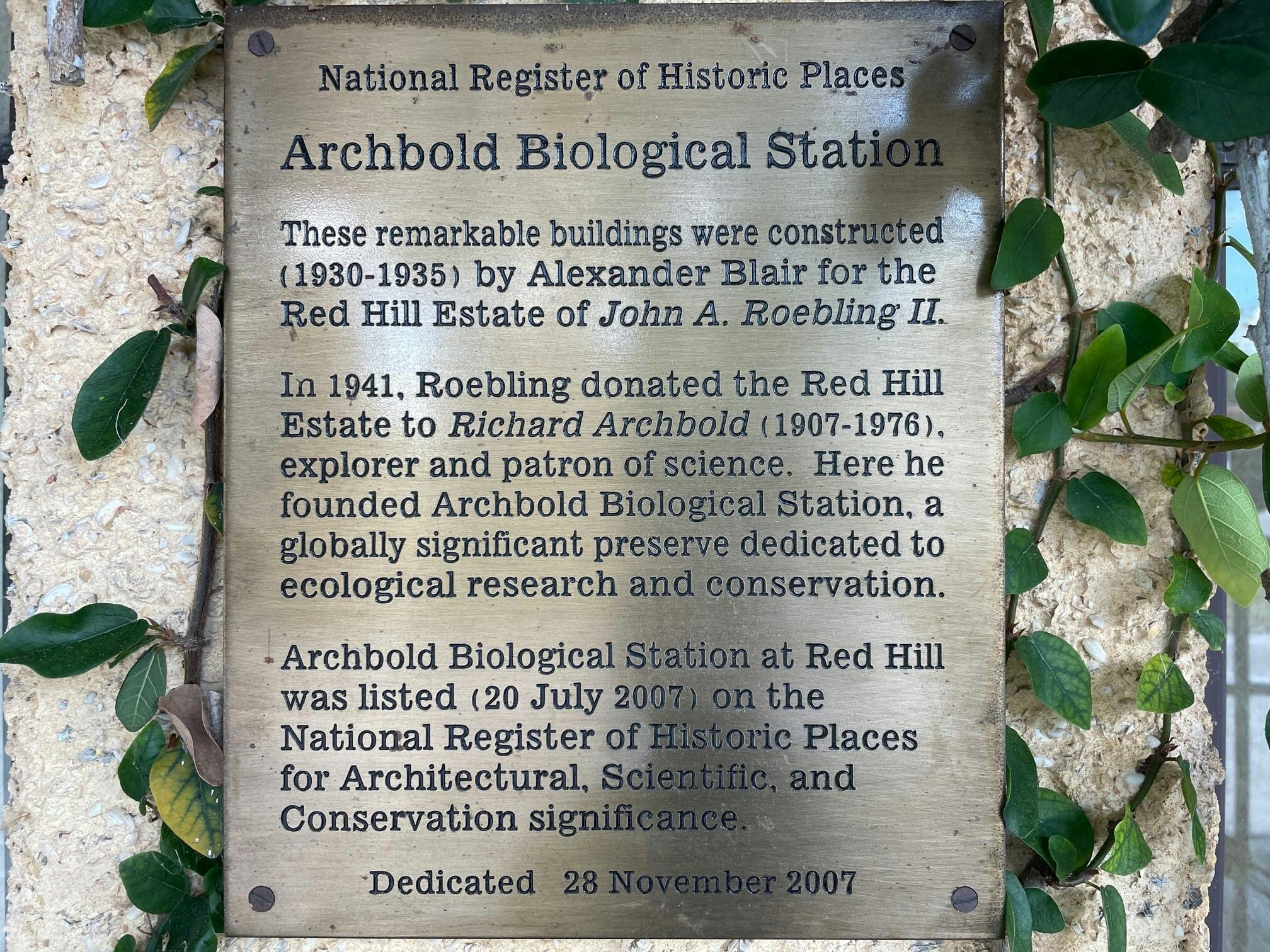
National Register of Historic Places
The Archbold Biological Station at Red Hill was listed on the National Register of Historic Places on 20 July 2007 for architectural, scientific, and conservation significance. The designated buildings of the John A. Roebling II Red Hill Estate include the; Storehouse (Main Building), Generator Building, Pump House, and Garages (Rand Building). A dedication occurred on November 28, 2007.
Florida Heritage Landmark
ARCHBOLD BIOLOGICAL STATION AT RED HILL
These buildings were designed and built during 1930-1935 by Alexander Blair for the Red Hill Estate of John A. Roebling II, son of Washington A. Roebling, who built the Brooklyn Bridge. The industrial vernacular buildings (structures meant to house industrial activities) were constructed of poured concrete to withstand hurricanes and the humid sub-tropical conditions. The largest building, with its distinctive saw-tooth roof, features an original seven-unit storehouse and attached two-story residence. Other buildings include the garage, generator building, and the deep-well pump house. In 1941, Roebling donated the buildings and surrounding estate to Richard Archbold (1907-1976), a famous aviator, explorer and patron of science. Here he founded Archbold Biological Station, a world-renowned facility dedicated to ecological research and conservation. The Roebling buildings were converted to laboratories and offices. The Station manages a 9,000-acre preserve of international conservation importance, and harboring the Florida scrub, a globally threatened ecosystem.
-1.jpg&w=3840&q=75)
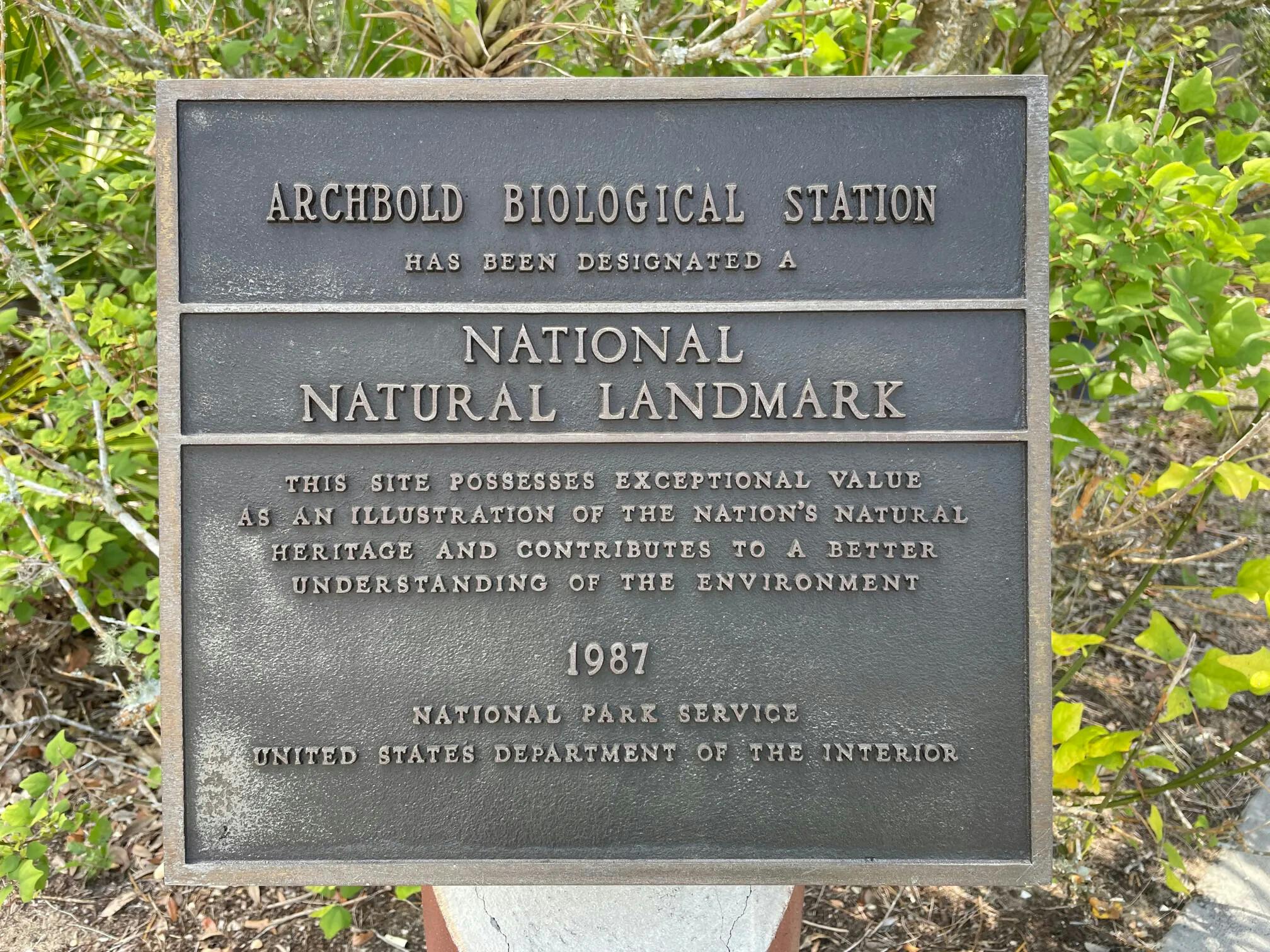
The Archbold Biological Station encompasses the largest known relatively undisturbed tract of contiguous natural communities characteristics of the Lakes Wales Ridge. The full range of moisture conditions (xeric-mesic-hydric) and most stages of plant succession are represented by high quality examples. Lake Annie is the highest quality water supply left in the system of valley sink lakes that extends northward from the site. A large number of endemic and rare species of plants and animals are located here.